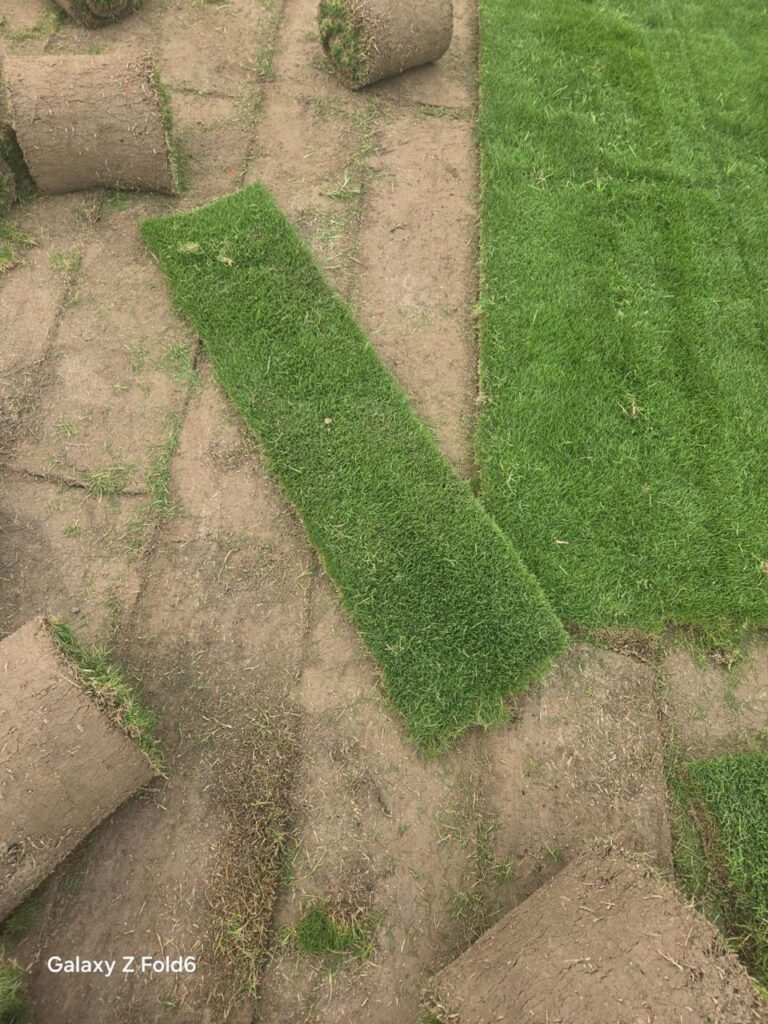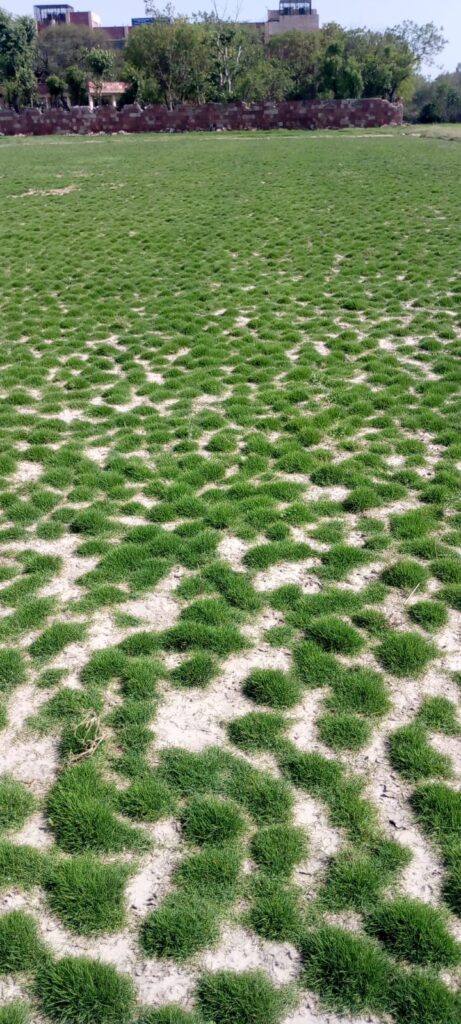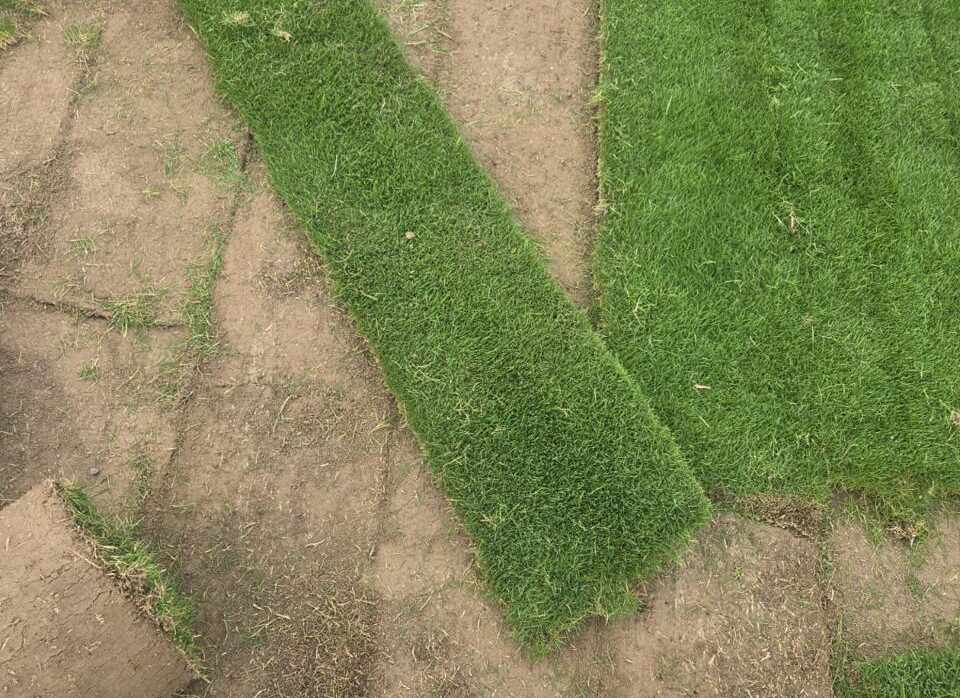Which is better: seeding or turfing lawn grass in India?
Which is Better: Seeding or Turfing Lawn Grass in India?
Establishing a vibrant green lawn is a dream for many Indian homeowners, but the path to achieving it often brings up a pressing question: Should you seed your lawn or lay down turf? At first glance, both methods appear viable—but depending on your local climate, your timeline, and your budget, one can clearly stand out over the other.
In this detailed article, we break down seeding vs turfing based on real-world conditions, especially considering the Indian landscape.
What’s the Real Difference Between Seeding and Turfing?
Let’s simplify this:
-
Seeding involves sowing grass seeds directly into your soil and nurturing them into a lawn over time.
-
Turfing (or laying sod) means rolling out mature grass that’s already been grown on farms and transplanting it onto your ground.
They might seem like two routes to the same destination, but they follow very different timelines, require different care, and deliver different outcomes.
Turfing: The Fast Lane to a Lush Lawn
If you’re looking for instant gratification, turfing delivers.
You can go from a bare patch of land to a soft, walkable green lawn within a day. In fact, it’s a popular choice for newly constructed homes, hospitality venues, and event gardens where time is a constraint.
Why Turfing Works So Well in India:
-
Indian sod varieties like Doob Grass (Cynodon dactylon) and Korean Grass (Zoysia) adapt quickly.
-
Most Indian regions (except very dry zones) support healthy turf growth post-installation.
-
Within 10–14 days of watering, turf bonds with the soil and is ready for use.
However, this speed comes at a premium cost. Depending on the grass type and city, natural turf can cost ₹20–₹40 per sq. ft., excluding labor and transport.

Seeding: A Long-Term Investment with Local Resilience
Seeding requires patience, but the rewards are long-lasting—especially when you choose native Indian grasses that thrive in your region.
From Bermuda seeds in Delhi NCR to Zoysia blends in South India, seed-grown lawns tend to have deeper roots, better adaptability, and a more organic spread.
Benefits of Seeding Your Lawn in India:
-
Costs are far lower—often ₹5–₹10 per sq. ft., depending on the seed quality.
-
You get to choose custom blends that match your climate, sunlight exposure, and foot traffic.
-
Seed-grown lawns develop strong resistance over time due to natural adaptation.
That said, seeding isn’t ideal for everyone. You’ll need:
-
Time (at least 6–8 weeks for maturity)
-
Proper weed control during early stages
-
Watering discipline (especially during early germination)

Which One Lasts Longer? Turf or Seeded Lawn?
Here’s something many people overlook: The durability of your lawn depends more on maintenance than method. But if both are cared for equally:
-
Turf is denser upfront but can suffer if the roots don’t penetrate deeply (which happens if not installed properly).
-
Seeded lawns often establish stronger root systems over time, making them more drought-resistant and resilient to wear and tear.
So if you’re planning for long-term use, such as for children or pets, seeded lawns may hold up better—if you’re willing to wait.
Watering Needs: Slightly Higher for Turf (Initially)
While both methods need regular watering, turf lawns require more water during the first 10 days to prevent drying out. Since the sod was cut from its original root system, it’s in shock and needs help settling in.
In contrast, seeded lawns require light but frequent watering, especially in the germination phase. Once established, seeded lawns are generally lower-maintenance in Indian climates.
Season Matters: Best Time for Seeding vs Turfing in India
Seeding is best done just before or during the monsoon season—ideally between June and September. Mild weather and moist soil create the perfect conditions for germination.
Turfing, however, offers flexibility. As long as you’re not installing during peak summer (April–May), you can lay turf nearly all year—just avoid days of heavy rainfall or scorching heat.
Soil Health and Environmental Impact
An often-ignored factor is the impact on soil and local biodiversity.
-
Seeding promotes healthier soil because roots grow directly into native earth, preserving the ecosystem beneath.
-
Turf is grown elsewhere and transplanted, which may introduce different soil microbes or struggle with soil mismatch.
If you care about sustainability and biodiversity, seeding is the greener method, literally and environmentally.
Installation Complexity: DIY vs Professional Help
Seeding is DIY-friendly, especially for small or medium-sized lawns. You can rake, sow, and water with minimal equipment.
Turfing is a job best left to professionals. Aligning the rolls, trimming edges, and ensuring seamless contact with the soil demands expertise.
SOD vs Seed: Which is Better for Your Natural Lawn?
Grass Types in India: Turf or Seed?
Here’s a quick guide to popular grasses and what suits them best:
| Grass Type | Best for Turf or Seed? | Common Regions |
|---|---|---|
| Bermuda (Doob) | Both | North & Central India |
| Korean (Zoysia) | Turf | South India, shaded lawns |
| Mexican Grass | Turf only | Decorative lawns |
| Fescue Mixes | Seed | Cooler regions like Himachal |
Making the Decision: When to Choose What
| Choose Seeding If | Choose Turfing If |
|---|---|
| You have a tight budget | You need instant greenery |
| You prefer local grass species | You want uniform texture |
| You enjoy gardening and DIY | You’re landscaping professionally |
| Your lawn area is large | Your space is small or decorative |
Final Word: Choose What Fits Your Lawn’s Future
There’s no one-size-fits-all answer. But here’s a simple way to think about it:
-
Want it fast? Choose turf.
-
Want it strong and local? Choose seed.
The key is to match the method with your lifestyle, climate, and long-term vision for the lawn. At Balaji Nursery, we assist customers with both—whether it’s guiding them to choose the right seeds or supplying fresh turf rolls ready for quick installation.
Whichever path you pick, a healthy lawn doesn’t just grow—it’s built. And with the right foundation, both turf and seed can give you a green space that thrives year-round.
Last Updated on 4 months ago by Anjali Mehra Ph.D. in Horticulture (Punjab Agricultural University)
- Grass Types that Survive Frost & Snow (Uttarakhand-Specific) - December 6, 2025
- Low-Water Grass Varieties for Hilly Homes in Uttarakhand - December 1, 2025
- Mexican Grass vs Bermuda Grass – Which is Best for Indian Lawns? - November 28, 2025
